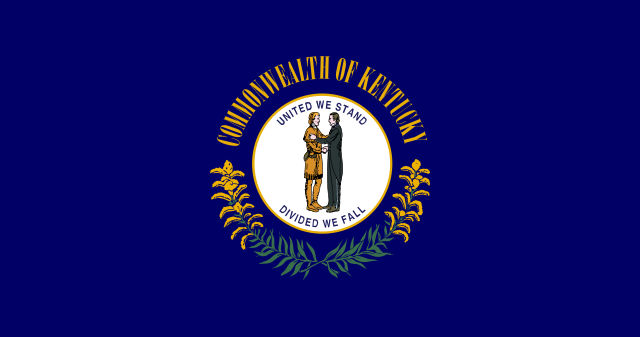CalPERS and CalSTRS have issued a joint statement recounting their track records on engaging corporations on the topic of climate change. The statement also outlines future initiatives aimed at stepping up their corporate engagement on the sustainability front.
From the statement:
We recognize climate change as a material risk to society, the economy, and the impacts on our investment decisions. We have been at the forefront of tackling climate change issues through policy advocacy, engagement with portfolio companies and investing in climate change solutions.
CalSTRS and CalPERS both have well-established, thorough vetting processes for potential investments, which seek to test not only for financial potential, but for social, human and environmental impacts, as well.
CalSTRS developed an investment policy for mitigating environmental, social and governance risks under its CalSTRS 21 Risk Factors, adopted in 2008.
* Included in the 21 factors are points specific to environmental concerns such as air quality, water quality, climate change, and land protection.
* This policy guides the Teachers’ Retirement Board’s investment decisions.
* CalSTRS internal ‘Green Team,’ made up of representatives across all investment groups, further identifies ways to avoid or mitigate risks to the investment portfolio posed by environmental, social and governance factors.
CalPERS adopted Investment Beliefs addressing Climate Change issues:
* CalPERS believes long-term value creation requires effective management of three forms of capital: financial, physical and human.
* Investors must consider risk factors, for example climate change and natural resource availability that could have a material impact on portfolio returns
Read the full statement here.
The statement comes as the California legislature considers a measure that would force the pension funds to divest from all coal holdings. The funds have come out against the proposal.
Photo by Paul Falardeau via Flickr CC License








